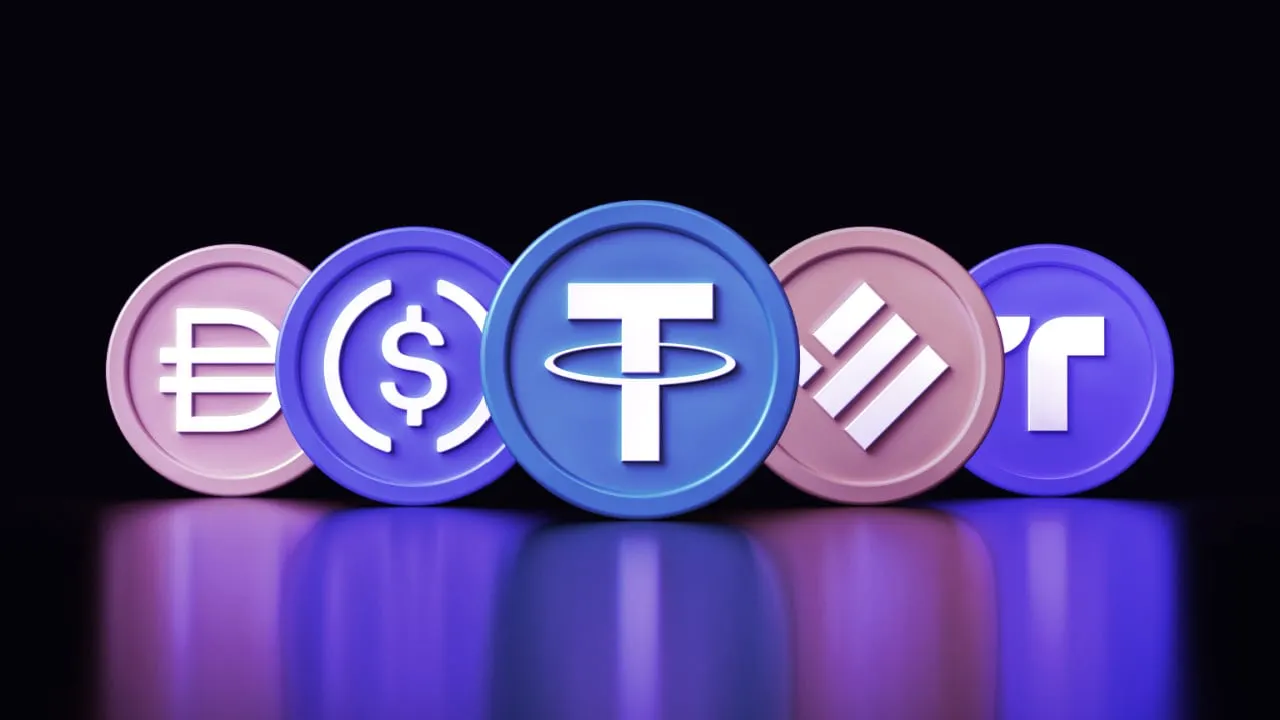While the Securities and Exchange Commission’s lawsuit against Binance stablecoin issuer Paxos creeps forward, a growing list of crypto policies appear poised to be set in courtrooms.
Even as those disputes play out, however, the stablecoin market seems to have already picked winners and losers.
The industry has been operating for years without much of a regulatory framework in the U.S., leaving open questions about how staked crypto will be taxed, whether the Treasury Department can sanction an Ethereum mixer, or if Gemini’s Earn program should have been registered as a security.
Now, in anticipation of a lawsuit from the SEC that asserts that Binance USD is an unregistered security, Paxos has stopped issuing BUSD tokens. It will, however, continue using the reserves backing the stablecoin to redeem them over the next year.
But Paxos is still gearing up to fight the SEC’s claim.
“Paxos categorically disagrees with the SEC staff because BUSD is not a security under the federal securities laws,” the company said Monday in a statement. “To be clear, there are unequivocally no other allegations against Paxos.”
There was a time when bad news for one stablecoin would push investors into its competitors. But that's not how other stablecoins—like Tether (USDT) and USD Coin (USDC)—reacted to the pending SEC lawsuit against Paxos.
BUSD has been issued and backed by reserves maintained by Paxos since 2019. It reached its highest-ever market capitalization, $23 billion, on November 15, 2022, according to CoinGecko.
At the time, Binance had recently backed out of a deal to acquire now-bankrupt competitor FTX. In fact, it was the same day that Binance removed most FTT trading pairs from its exchange, leaving BUSD as the only option for traders who wanted to sell their FTT.
Since then, BUSD has shed 31% of its market cap and was sitting at $15 billion on Tuesday, undoing almost all of the gains it had seen since the start of last year.
For stablecoins like BUSD, which is pegged one-to-one to the U.S. dollar and is created and burned as people buy and sell them, market cap tends to be closely correlated with how many of the tokens are in circulation. But that’s not a hard and fast rule.
For example, Tether minted $1 billion worth of its USDT stablecoin on the Tron network on Monday. Paolo Ardoino, Bitfinex and Tether’s chief technology officer, said the tokens were created for “next period issuance requests.” It’s unclear whether Tether now has an additional $1 billion worth of cash and cash equivalents sitting in its reserves to back the tokens or if there are users who intend to buy all the USDT.
Twitter user Bitfinexed, who’s been heavily critical of Tether in the past, had a pessimistic view of Tether’s stablecoin printer going brrr.
“Tether wants you to believe that a big institutionalized investor saw that regulators are shutting down banking for crypto exchanges and shutting down stablecoins, [and] decided that Tether, which is under criminal investigation for bank fraud, was a safe place to put a billion,” they wrote on Twitter.
Regardless of whether it mints USDT before or after investors have bought it, Tether dominates trading activity on Binance and most other exchanges. BUSD represented 35% of trading volume on Binance Monday morning, but USDT accounted for 58% of all trading on Binance, crypto data firm Kaiko wrote on Twitter.
To update this morning's chart, #BUSD denominates nearly 35% of ALL trade volume on Binance. #USDT denominates 58%. #USDC pairs were de-listed in September, but charted for context.
"Other" includes fiat currencies/BTC/ETH-denominated pairs. pic.twitter.com/vAatarlCLe
— Kaiko (@KaikoData) February 13, 2023
Meanwhile, it seemed Circle and CEO Jeremy Allaire were conspicuously absent from conversations about the SEC’s pending lawsuit against Paxos. Then the news broke that Circle had complained to the New York State Department of Financial Services, alleging that Binance wasn’t fully backing its stablecoin, according to a Bloomberg report.
Considering the “last autumn” timing of Circle’s complaint to NYSDF, it sheds new light on comments Allaire made on Twitter after Binance announced that it would automatically convert USDC balances on its exchange to BUSD.
“Given how limited BUSD usage is outside of Binance, this will likely benefit USDC usage as the preferred cross CEX and DEX stablecoin rail,” the Circle CEO said in September. “Unless Binance can convince all their competitors to get behind BUSD. Unlikely.”
Earlier in the year, USDC saw a big jump in its supply after Terra’s algorithmic stablecoin, TerraUSD, collapsed and wiped out $40 billion in May 2022. What’s more, its biggest competitor, Tether, saw its one-to-one peg with the U.S. dollar wobble around the same time.
USDC, often the second-largest stablecoin, briefly had a $56 billion market cap in June, according to CoinGecko. But by September, it had lost all those gains.
What’s more, USDC stablecoin has been on a steady decline since December. At the time, Circle had called off its plans to go public and Binance experienced delayed USDC withdrawals.
By Tuesday afternoon, USDC had a $41 billion market cap, according to CoinGecko. That’s a 9% drop from its recent high of $45 billion in mid-December, before its market cap started to wane.
The SEC’s lawsuit against Paxos isn’t the first time regulators have taken aim at stablecoins, but it is the most decisive.
The total stablecoin market cap was sitting at $87 billion on Monday, a decrease of 1% compared to last week, according to a dashboard built by Dune Analytics co-founder Fredrik Haga. But trading volume has grown by 20% in the past day, a sign that investors have been trading on the BUSD news.
For example, Curve Finance, a decentralized exchange with a liquidity pool specifically for swapping USDT, USDC, and MakerDAO’s DAI stablecoin, saw its volume skyrocket on the Paxos news. But that means the pool, which should ideally have equal portions of each of the stablecoins, has been thrown out of balance.
At the time of writing, Curve’s 3pool had about 40% each DAI and USDC and 20% USDT, a sign that traders were disproportionately looking to exchange the other two tokens for USDT.
As 21co research analyst Tom Wan wrote on Twitter, a lot of the BUSD that traders were so eager to sell over the past two days has wound up on decentralized exchanges. “Volume of $BUSD on DEXs increased from $60M to $309M in a day,” he said.

